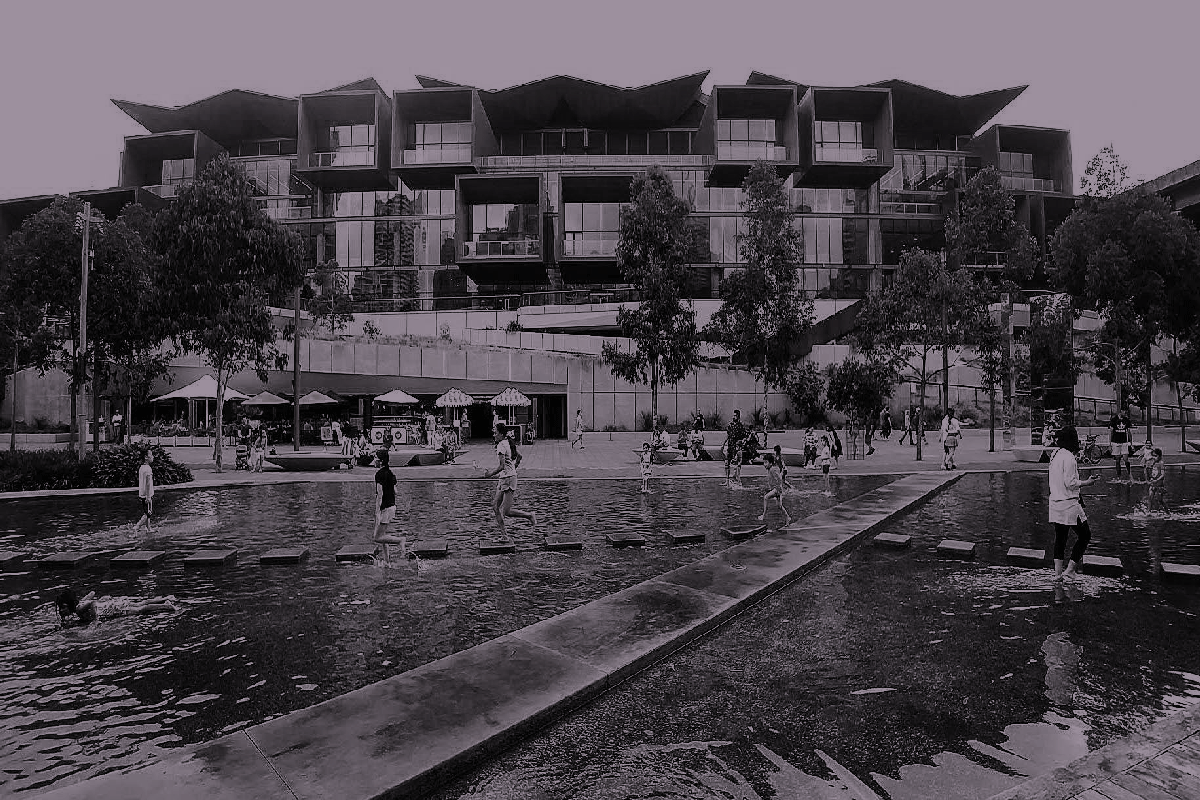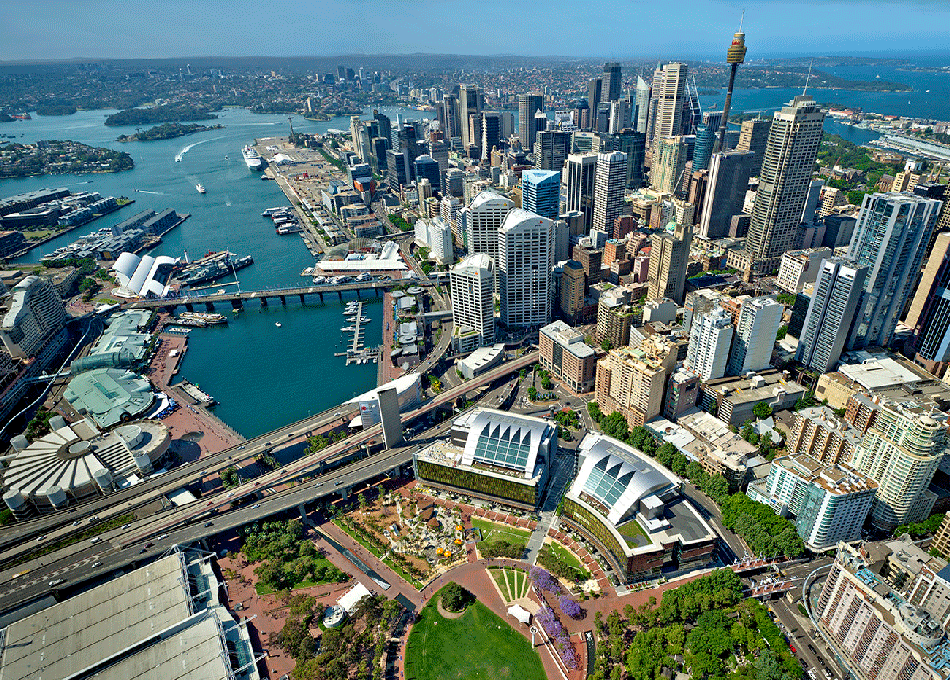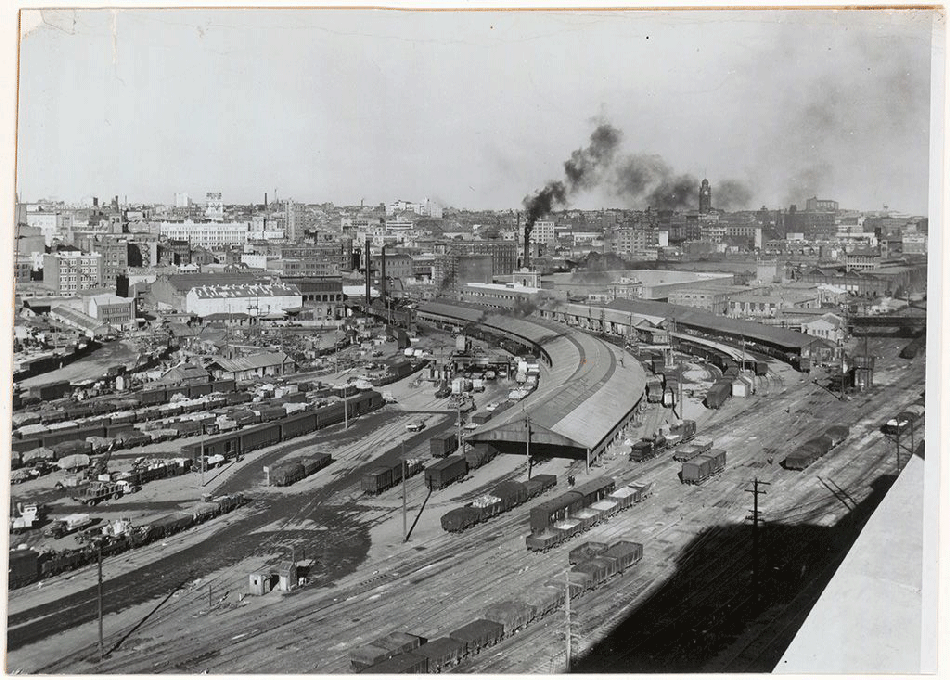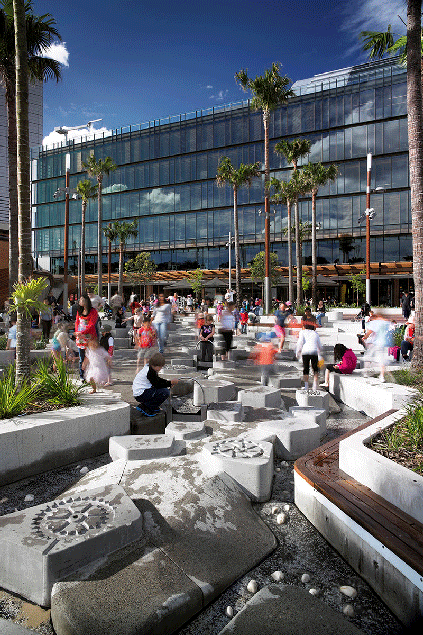Leisure & Culture #65
Playground in the City
Playing out a Generation

Written by Kevin Siu @AaaM Architects
Translated by Joel Wong
Photos © ASPECT Studios, Kevin Siu @AaaM Architects
“Play is the work of childhood.”
Jean Piaget, Swiss Psychologist
Everyone knows how to play. In the history of humanity, philosophers, psychologists, and educators have put forward different theories to study how essential and meaningful play is. But despite this, it may be too free-flowing and unorganized to play, we still subconsciously looking at playing and learning as a binary opposition: playing is useless, learning is beneficial.
"Finish your homework before you play" is still the motto around the household.
Developing the mindset
Especially in the environment of Eastern culture alongside the spoon-fed education tradition, the prejudice and neglect of play is still a deep-rooted problem. Studies have shown that nowadays, children’s average outdoor playtime is merely half of their parents, who were born in the 1970s and 1980s. Also, taking children aged 10 to 16 as an example, they spend only an average of 12.6 minutes doing intensive activities each day, but almost 10.4 hours of static activities in contrast.

The evolution of public playgrounds in Hong Kong spans almost three generations; it reflects the city's culture and echoes the development of children, families, and society. From the three-meter-high slides found in public housing playgrounds in the 1970s; to the dull cookie-cutter playgrounds only favored by overly protective parents and park staffs in the 1990s, to playgrounds in Tuen Mun with innovative designs such as inclusive playgrounds as discussed in the previous article. To evolve from "don't just play" to "how to play", a transition is always needed.
Playground in the heart of the city
The world is ever-changing with the different pace here and there. As an architect with children, when I travel or go on business trips abroad, I tend to experience the culture of other countries by visiting their local playgrounds. For instance, I visited a few parks and playgrounds in Australia early this year. Among all, the Darling Quarter, which is located in the heart of Sydney, impressed me the most. I genuinely felt how a family could enjoy the variety of activities on offer, and quality time spent playing with kids is never wasted.


In 2007, the Sydney Harbour Foreshore Authority set to redevelop an area of 1.5 hectares on the south side of Darling Harbour, the central business district of Sydney, conceive of how to integrate this area and its surroundings, including convention and exhibition centers, theaters, museums, and a group of Grade A office buildings.
During the process, the authority discovered that the central area of Sydney was lacked of public space suitable for families, therefore, decided to utilize a total area of 4,000 square meters to build a playground equipped with the first night lighting system to provide all-weather service. The core of this project is to offer a public playground, that was the largest in Sydney at the time, combining children’s and adult’s entertainment facilities that are seamlessly connecting the various districts of the city.
The Darling Quarter playground was completed in 2011 and opened to the public.



Generation of humanistic spirit
In designing an inclusive playground, besides taking into account the various dynamic and static development needs of children, it can also incorporate the historical ecology of the particular region and become a cultural connotation contained in the playing experience.
ASPECT Studios, which was responsible for the Darling Quarter redevelopment project, made use of the historical materials of the area. A hundred years ago, it was once a European settlement with rivers, mountains, steel casting factories, and steam flour mills. It is now transformed into a playground with elements like cement stone piers, sand piling squares, industrial pipes, and waterwheels, creating Australia’s first public playground where you can play with water. Australians also understand that children need some space to settle in and think. Therefore, mini-rivers, plants, and butterfly gardens are added among the series of play facilities.




The fantastic thing about this playground is various play facilities like the children's amphitheater, picnic lawn, etc., which coexist in the same space with street performances, shops, restaurants, and bars, so that parents and their children can both enjoy themselves at the same time. As children immerse themselves in a culturally rich city life since childhood, that would help to cultivate the consciousness of social inclusiveness, interlinking social interaction, happiness, freedom, culture, urban environment, and learning altogether.
Compared with most commercial amusement theme parks out there loaded with fictions and fantasy elements, playgrounds like the Darling Quarter are more humanistic. And you need serious guts to place the children's playground in the most precious core cultural location of the city. It shows a unique vision for establishing a generation of humanistic spirits.
All in all, when you talk about playgrounds nowadays, you can play out a whole new generation.


